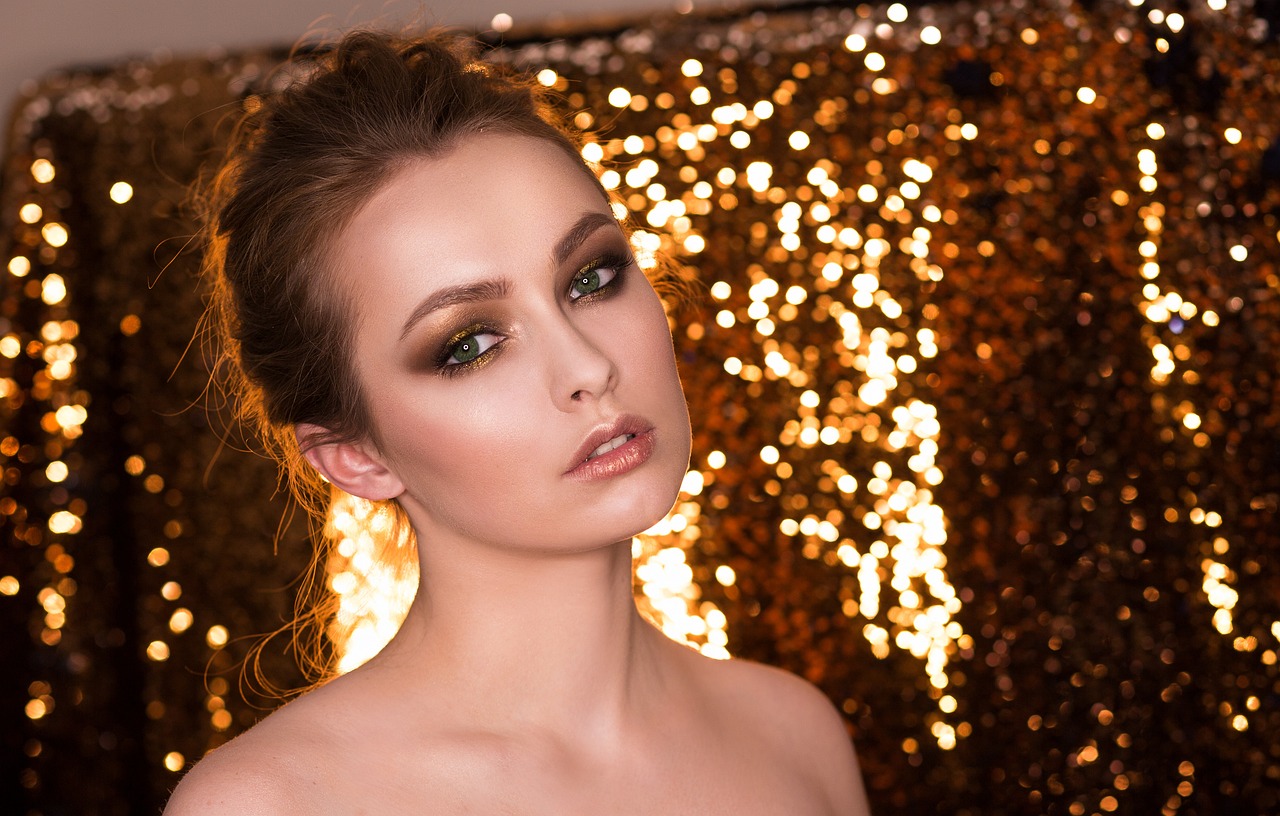
The internet is a phenomenal tool for learning everything, but it is also a fertile ground for a problem that marks our time: fake news. They usually involve politicians and celebrities, but there is another type of fake news that can also be harmful: those that deal with health. Among the numerous targets of these online lies is Botox in Manchester.
Botox, the trade name almost synonymous with botulinum toxin, is a substance globally recognised for its effectiveness in preventing and treating expression lines. These injections are the most performed aesthetic procedure worldwide across all age groups, according to the International Society of Aesthetic Plastic Surgery (ISAPS). The drug prevents nerve signals from reaching the muscles, stopping them from contracting. The result is a visible, though temporary, reduction in wrinkles, particularly those formed by facial expressions such as frowning, squinting, or smiling.
The Most Common Botox Myths
Several widespread falsehoods about Botox have gained traction over the years. Let’s debunk some of the most common ones.
- Botox is highly toxic and dangerous
This is one of the most persistent myths. As the substance uses a toxin, an online theory has emerged suggesting that the drug is toxic. Let’s clarify once and for all: Botox is not harmful when applied by a qualified professional.
It is made from an extremely purified form of botulinum toxin. The purification process removes most impurities and substances that could cause harm, leaving only the specific neurotoxin used in small, controlled doses to relax facial muscles. The toxin’s effect is also localised, usually affecting only the muscles into which it is injected. This drug has been extensively tested and approved by various health regulatory agencies, including the U.S. Food and Drug Administration (FDA) and its counterparts worldwide.
- Botox will give you a frozen or unnatural look:
It’s easy to understand how this falsehood spread. Just look at the numerous cases on the streets of men and women who appear to have frozen or unnaturally smooth faces.
In reality, when appropriately administered, Botox results in a natural-looking reduction of wrinkles. The key is moderation and a skilled practitioner.
A well-executed treatment aims not to create an expressionless look but to gently relax the muscles that contribute to dynamic wrinkles. A talented professional will know the exact amount that should be administered to achieve the best result, considering the patient’s skin type and the peculiarities of the area that needs improvement. The goal is to soften wrinkles without making it evident that the client has undergone a cosmetic procedure.
- Botox is only for wrinkles
While Botox is famous for its cosmetic use in smoothing facial lines, it has multiple medical applications, too. It is approved for the prevention of chronic migraines, cervical dystonia (a painful condition where neck muscles contract involuntarily), and blepharospasm (eyelid spasms). Moreover, this drug can be used to treat excessive sweating by blocking the nerves that stimulate sweat glands, particularly in areas like the underarms. It’s also noteworthy that Botox was initially developed to treat strabismus, helping to correct imbalances in the muscles responsible for positioning the eye.
- Botox treatments are painful
The concept of pain varies from person to person, but it’s important to highlight that, when appropriately applied, Botox causes only a minor discomfort that passes quickly.
The needles used in the treatment are tiny and thin. They are even finer than those used, for example, in vaccinations or blood draws. Most people report feeling only slight stings during the application. Additionally, the team responsible for the treatment takes measures to minimise any discomfort, such as applying topical creams or using ice packs before starting the procedure.
- Botox is addictive
False. Unlike drugs that cause physical dependence, Botox does not trigger any biochemical addiction pathways in the body. There are no ingredients in this substance that would lead to a physical dependency. What might be perceived as an ‘addiction’ is simply a desire to maintain its aesthetic benefits. When individuals see the improvement in their appearance, they may be inclined to continue using this drug to preserve these effects. This repeated use is driven by satisfaction with the cosmetic results, not by a physical need or dependency.
Don’t believe everything you read online. As Botox has become very popular, numerous blogs and profiles have started to spread fake news about this treatment to attract clicks and likes. But these are statements without basis in reality. If you have doubts, talk to a specialist. They are the right people to tell you about the benefits and potential risks of this treatment that has already improved the lives of thousands of people.
See more of my beauty posts here
